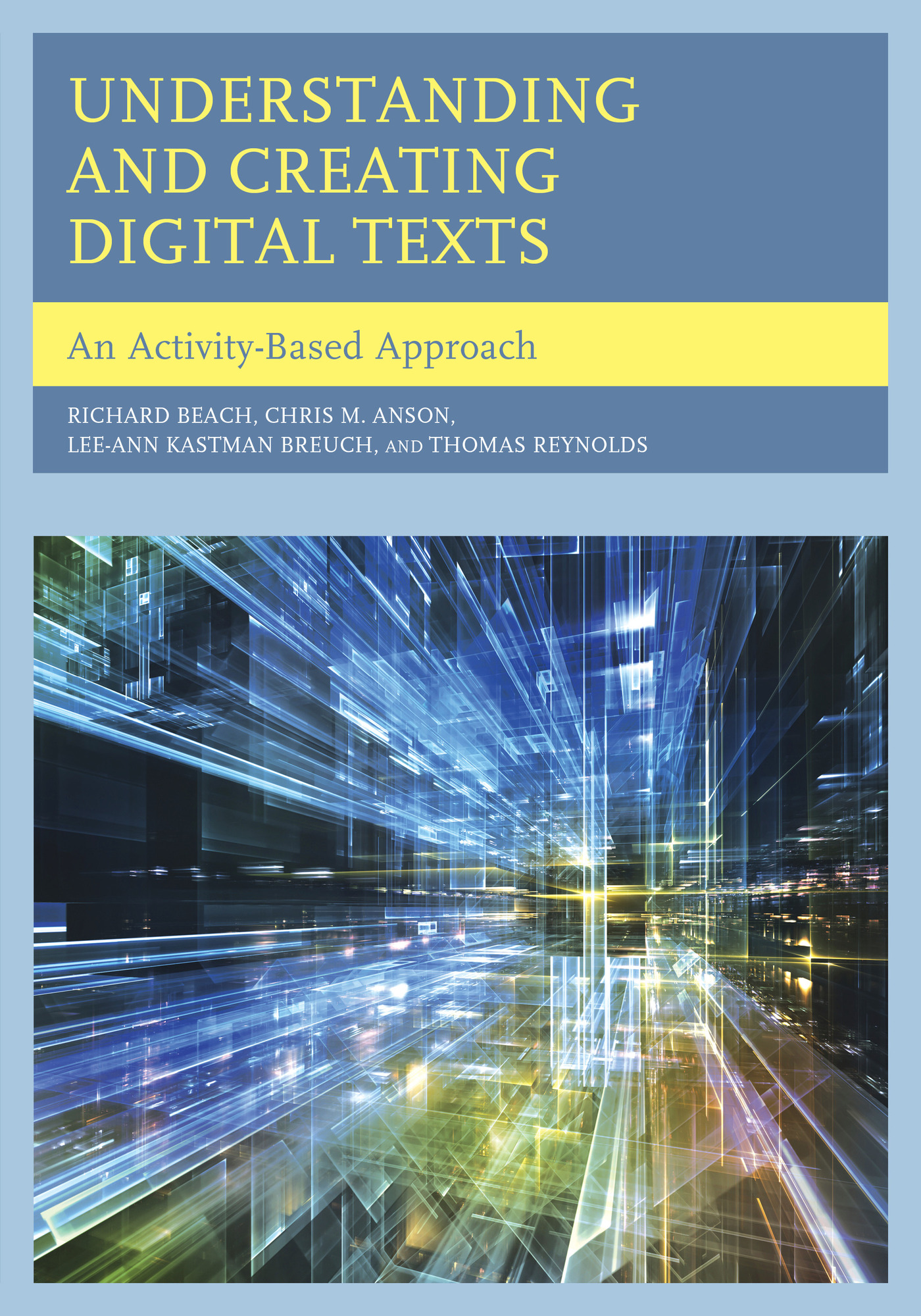Understanding and Creating
Digital Texts
Understanding and Creating
Digital Texts
An Activity-Based Approach
Richard Beach, Chris M. Anson,
Lee-Ann Kastman Breuch, and
Thomas Reynolds
ROWMAN & LITTLEFIELD
Lanham Boulder New York London
Published by Rowman & Littlefield
A wholly owned subsidiary of The Rowman & Littlefield Publishing Group, Inc.
4501 Forbes Boulevard, Suite 200, Lanham, Maryland 20706
www.rowman.com
16 Carlisle Street, London W1D 3BT, United Kingdom
Copyright 2014 by Rowman & Littlefield
All rights reserved. No part of this book may be reproduced in any form or by any electronic or mechanical means, including information storage and retrieval systems, without written permission from the publisher, except by a reviewer who may quote passages in a review.
British Library Cataloguing in Publication Information Available
Library of Congress Cataloging-in-Publication Data
Library of Congress Cataloging-in-Publication Data Available
ISBN 978-1-4422-2873-3 (pbk. : alk. paper)ISBN 978-1-4422-2874-0 (electronic)
 TM The paper used in this publication meets the minimum requirements of American National Standard for Information Sciences Permanence of Paper for Printed Library Materials, ANSI/NISO Z39.48-1992.
TM The paper used in this publication meets the minimum requirements of American National Standard for Information Sciences Permanence of Paper for Printed Library Materials, ANSI/NISO Z39.48-1992.
Printed in the United States of America
Preface
At Michigan State University, first-year writing students participate in the online game Ink http://writing.msu.edu:16080/ink . In this game, students assume the roles of members of a fictional neighborhood and city council. The game involves extensive reading and writing of texts to address problems facing the neighborhood. As they enter the game, students receive the following writing prompt:
Welcome to Ink, the stranger says. This is a great place. But we have a problem right now, and Im hoping you can help. Our neighborhood isnt doing well. We need to get a group of people together to address this problem. Can you help us? We need to design a flier that will motivate people to come to a meeting where we can talk about this problem. We need to draft a resolution that we can circulate to those who show up. We also need a brochure that explains why other citizens should vote for our proposal. And were going to need a white paper to explain to City Council the principles that inform our proposal. Weve got a lot of work to do. Can you help us?
To advance in the game, students share journal entries to veteran players who judge whether the entries serve to convince audiences, particularly voters, of the validity of their positions. Students also have to create an appealing brochure that requires the use of multimodal design techniques. As part of the game, students reflect on what and how they are learning through their writing in the game. Their teachers then receive copies of the writing produced in the game and report on students participation in it.
Students in Elizabeth Erdmanns 12th-grade writing class at Jefferson High School, Bloomington, Minnesota, were upset about their schools Internet policies, which allowed the school to block or filter websites that they perceived as providing them with relevant information they needed to complete their assignments. For example, in writing about the issue of gun control, they found that the National Rifle Associations site was blocked.
To address this issue of whether or not access to these sites should be blocked, Elizabeth engaged her students in a role-play via an online discussion forum (Beach & Doerr-Stevens, 2011; Doerr-Stevens, Beach, & Boeser, 2011). Students adopted the roles of administrators (principals, superintendent, technology people), teachers, students, librarians, lawyers, counselors, coaches, parents, businesspeople, computer hackers, and so on, with half the students assigned roles positing the need to unblock sites and the other half, to not unblock sites.
To do so, students created fictional biographical profiles with avatar images describing their roles in terms of their expertise, experience, traits, and attitudes, in a manner similar to creating Facebook profilesprofiles that they drew on to create a convincing ethos for their arguments. They then had to respond to one anothers arguments with counterarguments, both during and after class. During class, students caucused with similar pro and con roles to engage in collaborative writing. They also consulted a digital map projected onto a screen in their classroom portraying the allegiances between the pro and con roles.
After the completion of the role-play, students stepped out of their roles and wrote argumentative essays for or against unblocking the websites by drawing on material from the online role-play. In a meeting with the school administration, they used their writing to argue for the need to unblock the sites, which the administration agreed to do, leading the students to perceive themselves as successful given the quality of their arguments derived from the online role-play experience.
These two snapshot examples of the use of digital writing to teach writing represent a marked shift away from traditional print-based writing instruction. Rather than writing essays solely for the teacher, students were writing
for their peers, who were actively engaged in reading texts to evaluate them in the Ink game or to formulate counterarguments in the online role-play;
within a defined rhetorical context based on particular tangible purposesto address neighborhood problems in Ink or to consider changing their schools Internet policies in the online role-play;
through use of multimodal communication and design in creating a brochure in Ink or through use of avatars and a digital map in the online role-play;
collaboratively by reviewing and responding to one anothers writing;
over an extended period within and outside the classroom.
They were also learning through participating in activity. A meta-analysis of 225 studies of learning in the sciences, engineering, and mathematics found that engaging in active learning results in higher levels of performance when compared to learning through lectures (Freeman et al., 2014).
These writing activities are possible given the use of digital reading and writing toolsonline discussion forums, digital design tools, and digital maps. However, this instruction involves more than simply learning to use these tools. In these cases, students were actively learning to use these tools to achieve certain social purposes inherent in the effective design of these activities by instructors. All of this suggests that the use of digital reading and writing tools is insufficient to foster student engagement in learning. Student learning occurs through development of engaging activities that exploit the uses of digital reading and writing tools. As Jeff Wilhelm (2014) notes,
Even with the latest and most powerful technologies, the teaching/learning situation requires a teacher 1) to make learning matter, 2) to provide a meaningful situation that requires and rewards learning, and 3) to offer focused assistance in that context in order to develop the strategies necessary to complete the project at hand. (p. 60)
Knowing how and why to create these activities exploiting the use of digital reading and writing tools is the focus of this book. Teachers do perceive the benefits of using digital tools for literacy instruction. The Pew Research Center (Purcell, Buchanan, & Friedrich, 2013) conducted a national online survey of 2,462 middle and high school teachers of Advanced Placement classes and those involved with the National Writing Project in March and April 2012, in which teachers indicated increased use of digital tools in their teaching:
Next page
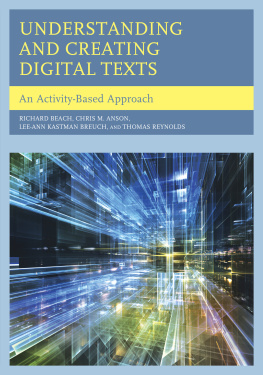
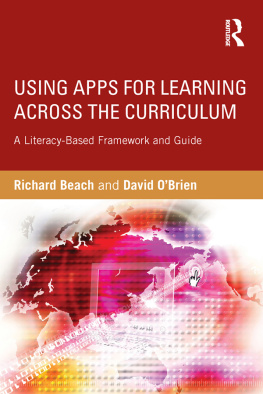
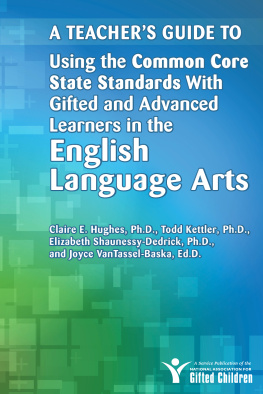
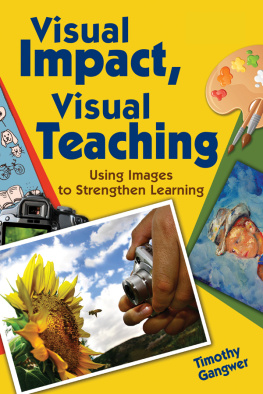
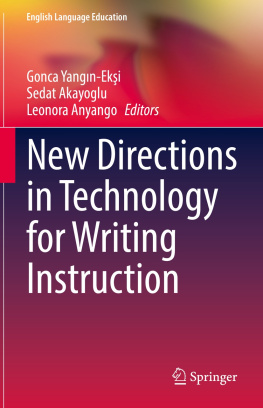
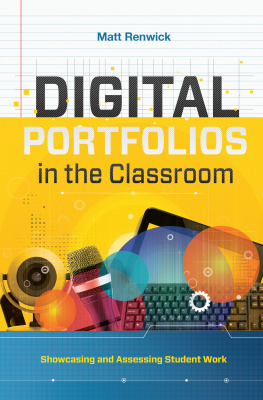
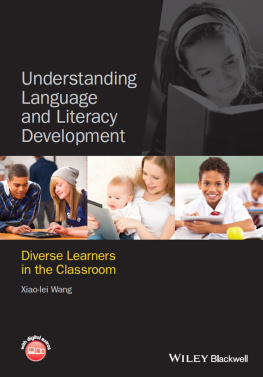
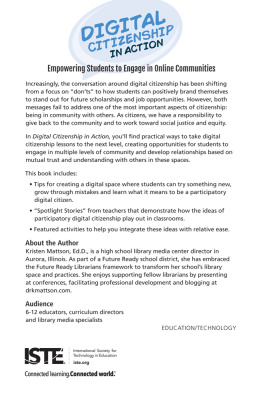

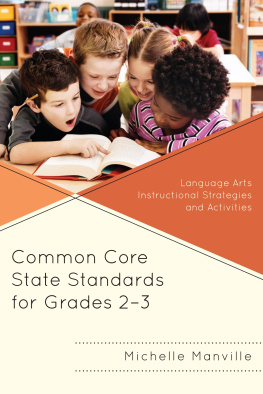
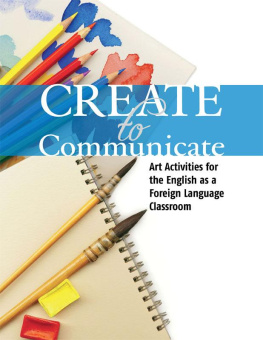
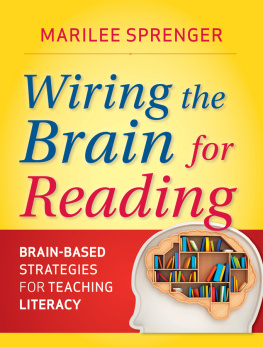
 TM The paper used in this publication meets the minimum requirements of American National Standard for Information Sciences Permanence of Paper for Printed Library Materials, ANSI/NISO Z39.48-1992.
TM The paper used in this publication meets the minimum requirements of American National Standard for Information Sciences Permanence of Paper for Printed Library Materials, ANSI/NISO Z39.48-1992.